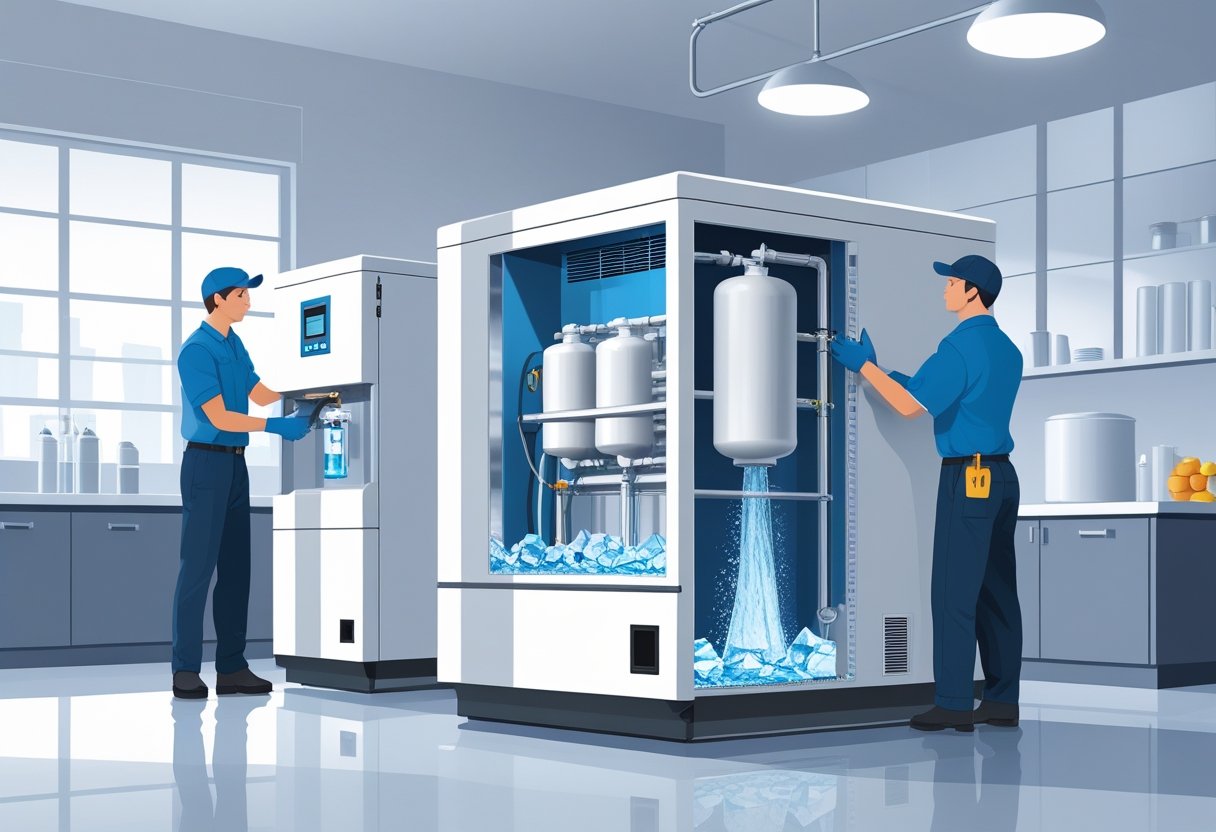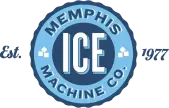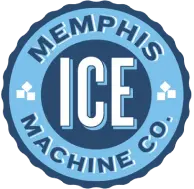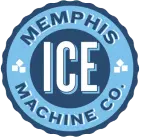proudly serving
the mid-south
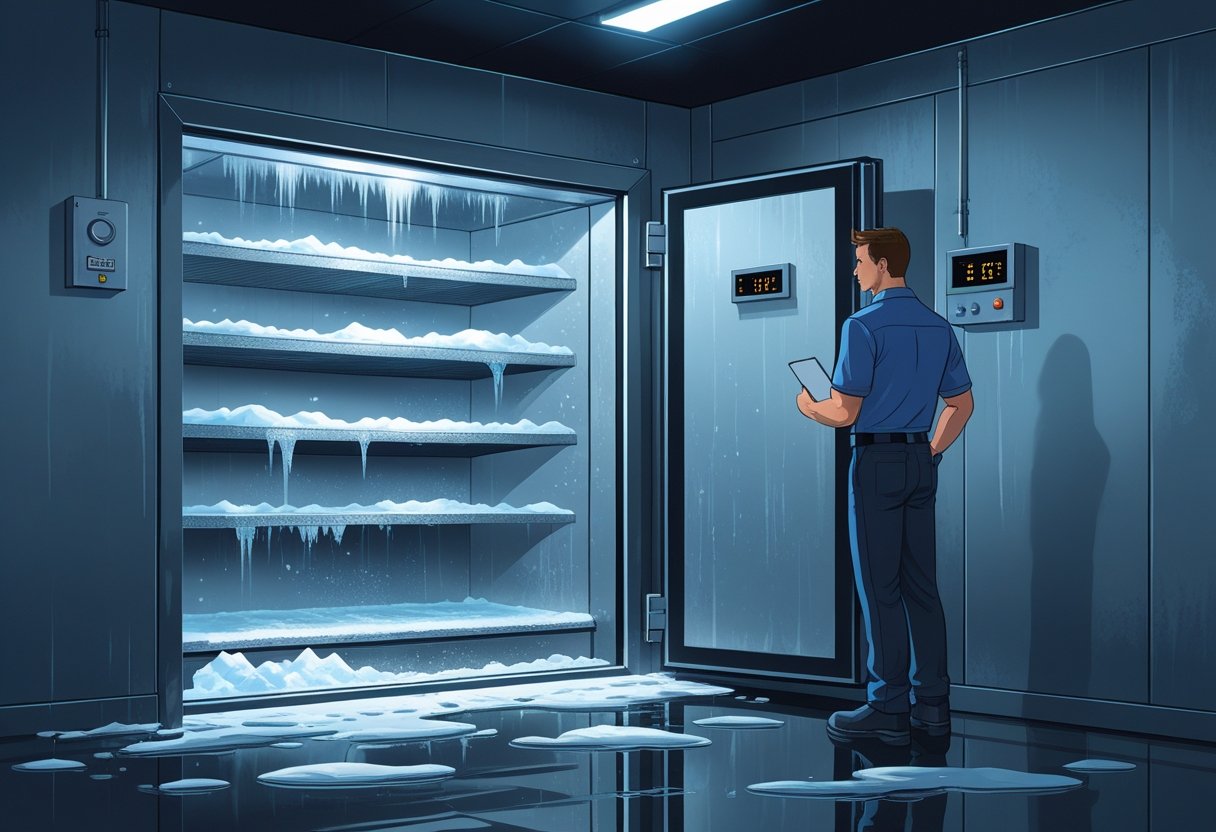
Walk-in Freezer Not Cooling Causes and Effective Troubleshooting Tips
If your walk-in freezer isn’t cooling properly, it can quickly disrupt your operations and affect product quality. The most common causes include thermostat issues, refrigerant leaks, or problems with the evaporator or condenser coils. Identifying these helps you address the problem before it worsens.
At Memphis Ice, we understand how critical reliable refrigeration is for your business in the Mid-South. Whether you run a restaurant, healthcare facility, or retail outlet, knowing the warning signs can save you time and money by preventing long downtime or spoiled inventory.
Taking quick action with proper maintenance or professional service ensures your freezer stays at the right temperature year-round. If you need help diagnosing or fixing your walk-in freezer, trust the Memphis refrigeration experts who’ve been keeping businesses cool since 1977.
Immediate Steps If Your Walk-In Freezer Is Not Cooling
When your walk-in freezer stops cooling, quick and precise action is essential to prevent product loss and costly repairs. Start by confirming power supply stability, then move on to controls and physical inspections. Listening closely can also reveal underlying mechanical issues.
Verify Power and Electrical Connections
First, ensure your walk-in freezer has a consistent power supply. Check that the unit is plugged in securely and the circuit breaker hasn’t tripped. Sometimes, a loose connection or a blown fuse is all that’s causing inadequate cooling.
Inspect the electrical panel for any signs of damage or overheating. If you notice frayed wires or scorch marks, do not attempt a fix yourself—call a professional technician immediately.
Keep in mind that walk-in coolers and freezers require dedicated circuits. Sharing power with other heavy equipment may cause voltage drops leading to performance problems. Memphis Ice recommends routine electrical inspections to avoid these common pitfalls.
Check Temperature Settings and Controls
Incorrect thermostat settings are a frequent culprit in walk-in freezer issues. Verify that your temperature controls are set to the appropriate level for deep freezing, usually between -10°F and 0°F depending on your stored products.
Review the control panel for error codes or unresponsive buttons, which may indicate a malfunctioning thermostat or control board. Many commercial refrigeration units feature digital displays that make this easier.
If your freezer has a manual dial, make sure it hasn’t been accidentally adjusted or overridden by staff. Reset the temperature settings and monitor for any improvement, as a simple misconfiguration is often an overlooked cause.
Inspect for Obvious Physical Obstructions
Check for any blockages around the refrigeration components. Ice buildup on evaporator coils, blocked air vents, or packed shelves can restrict airflow, forcing your freezer to work harder and cool less effectively.
Clear any frost or ice that has accumulated to restore proper circulation. Unlike regular frost, excessive buildup indicates a system problem that needs professional attention.
Items should not press directly against fan blades or vents. Maintaining at least 12 inches of clearance around the evaporator helps maintain even temperatures and prevents mechanical wear.
Listen for Unusual Noises
Unusual sounds from your walk-in freezer may signal mechanical failure. Listen for buzzing, clicking, or rattling noises coming from the condenser, fan motors, or compressors.
A humming sound without proper cooling often points to a compressor starting issue, while rattling could indicate loose parts or debris inside the unit.
If the fan motor is excessively noisy or failing to operate, temperature regulation will suffer. Addressing these noises early through service calls can prevent total system shutdown. Memphis Ice offers expert diagnosis to pinpoint these common faults quickly.
Common Causes of Walk-In Freezer Cooling Issues
Walk-in freezer cooling problems usually stem from key mechanical and environmental factors. Electrical components, air circulation, door integrity, and frost control are critical to maintaining consistent temperatures. Identifying where the issue lies can help you avoid costly downtime and food spoilage.
Compressor Malfunctions
The compressor is the heart of your walk-in freezer’s refrigeration system. If it fails or runs inefficiently, your freezer won’t reach or maintain the correct cold temperature. Common signs include unusual noises, overheating, or the compressor cycling on and off frequently.
Compressor problems can result from electrical faults, worn parts, or lack of proper maintenance. Since it pushes refrigerant through the system, any failure here directly impacts cooling performance. If your compressor stops working, your freezer will stop cooling entirely.
Regular inspections and preventive maintenance can help catch early compressor issues. If you notice signs like increased energy bills or temperature fluctuations, it’s best to call specialized Memphis refrigeration experts to diagnose and repair promptly.
Fan Motor and Airflow Problems
Fans inside your walk-in freezer circulate the cold air evenly. When fan motors fail or fans get obstructed, cool air won’t distribute properly, causing uneven temperatures or warm spots.
Common issues include fan blade damage, motor burnout, or electrical failures. Dust and debris buildup can also reduce airflow, increasing strain on the system. Without proper airflow, the freezer struggles to keep a steady cold environment.
Check that evaporator and condenser fans are running consistently. You may need cleaning or replacement parts if airflow is weak or interrupted. This issue is often easy to fix but can quickly lead to larger problems if ignored.
Door Seal and Gasket Failures
Poor door seals let warm air into your walk-in freezer, forcing the system to work harder and risking frost buildup. Over time, seals and gaskets can crack, warp, or become brittle, especially if doors are slammed or improperly closed.
Inspect the door gaskets regularly for tears, gaps, or deformation. Even small leaks can raise temperatures inside and increase energy use. A worn seal can cause frost around the door and on stored products, signaling a loss of efficiency.
Replacing damaged door gaskets ensures a tight seal and consistent temperature control. Maintaining your freezer’s door integrity is a simple yet crucial step toward reliable operation.
Defrost Cycle and Frost Buildup
Frost accumulation restricts air movement and damages cooling efficiency. If the defrost cycle malfunctions or is improperly timed, frost builds up on evaporator coils and reduces heat exchange capacity.
Symptoms include thick frost layers inside the freezer, longer cooling cycles, and temperature swings. Defrost system failures often involve faulty heaters, sensors, or timers. When frost blocks airflow, the compressor must work harder, accelerating wear and risk of failure.
Properly functioning defrost cycles are critical to prevent frost buildup. Scheduling regular inspections ensures your system’s defrost components work correctly, maintaining optimal freezer performance.
For reliable service and maintenance of your walk-in freezer, Memphis Ice offers experienced professionals who understand the importance of timely interventions. Their team can help you keep your equipment running smoothly so cooling is the least of your worries.
Diagnosing and Troubleshooting Temperature Fluctuations
Temperature fluctuations in your walk-in freezer can cause spoilage and increase energy costs. Often, these issues stem from incorrect sensor readings, thermostat problems, or faults in the electronic control system. Pinpointing the cause helps prevent inconsistent cooling that disrupts your operation.
Sensor and Thermostat Calibration
Your freezer’s temperature sensor and thermostat must be accurately calibrated to maintain steady temperature control. If calibration drifts, readings become unreliable, leading to overcooling or warming cycles.
Check calibration regularly with a reliable thermometer. Adjust thermostat settings according to manufacturer guidelines or consult a professional if unsure.
Keep in mind that even minor sensor misalignments can cause significant temperature swings. Inconsistent thermostat feedback often signals the need for recalibration or replacement to restore stable operation.
Inconsistent Temperature Readings
Inconsistent temperature readings can result from frost buildup on sensors, loose wiring, or damaged probes. These problems create false signals that mislead the control system, causing erratic compressor cycling or defrost cycles.
Inspect sensor locations for frost or ice accumulation that could insulate temperature probes. Verify sensor wiring is secure and intact.
Replacing faulty sensors or repairing wiring usually resolves erratic data issues. Clean environments and regular preventative maintenance limit these inconsistencies and ensure reliable temperature monitoring.
Electronic Controller System Issues
The electronic controller governs compressor operation and defrost timing based on temperature inputs. Faults in the controller board or software glitches lead to poor temperature control or delays in compressor cycling.
Look for error codes or system alerts that indicate controller faults. Resetting the controller can sometimes clear temporary malfunctions, but sustained issues require professional diagnosis or board replacement.
Your temperature control depends heavily on a properly functioning electronic system. Memphis Ice technicians emphasize regular inspections to catch early controller problems before they affect your freezer’s performance.
For detailed troubleshooting of your walk-in freezer’s temperature fluctuations, review tips on sensor issues and electronic diagnostics from appliancemastery.com or contact a trusted Memphis refrigeration expert for service.
Maintenance Practices to Prevent Cooling Failures
Keeping your walk-in freezer operating efficiently relies heavily on consistent upkeep of critical components. Focused attention on cleaning, seal integrity, and expert inspections helps avoid breakdowns before they start and maintains steady cooling performance.
Regular Cleaning of Coils and Components
The condenser and evaporator coils must be cleaned regularly to prevent dust and debris buildup. Dirty coils reduce heat exchange efficiency, forcing your freezer’s compressor and fan motors to work harder, which can cause premature failure.
Clean coils every three to six months or more often in dusty environments. Use a soft brush or vacuum to remove dirt without damaging the fins. Also, check that fan motors are free of obstructions and spinning properly since airflow directly affects cooling.
Routine cleaning lowers energy use and helps your equipment last longer, protecting your investment in commercial refrigeration.
Inspecting and Replacing Door Gaskets
Door gaskets seal the walk-in freezer to keep cold air inside. Over time, these rubber seals can crack, warp, or lose flexibility, leading to air leaks that compromise temperature control.
Inspect gaskets monthly by closing the door on a piece of paper; if it slips out easily, the gasket likely needs replacement. Damaged gaskets increase refrigeration load and can cause uneven temperatures and ice buildup.
Replacing worn door gaskets promptly is essential to maintain airtight seals and reduce energy waste. Proper gasket care helps avoid costly cooling problems and maintains your freezer’s reliability.
Scheduled Professional Inspections
Regular professional inspections identify hidden issues like refrigerant leaks, compressor wear, or electrical faults before they escalate into costly failures. Your local refrigeration expert from Memphis Ice can perform detailed system checks and preventive maintenance tailored to your unit’s needs.
Schedule inspections at least twice a year, ideally before heavy-use seasons. Technicians will verify temperature accuracy, clean critical components beyond superficial cleaning, and test fan motors and controls.
These inspections extend equipment life and give you confidence that your walk-in freezer will perform reliably under pressure. It’s a key step in effective refrigeration service and peace of mind.
When to Seek Professional Help for Your Walk-In Freezer
If your walk-in freezer shows signs of serious malfunction, it’s crucial to address them promptly to avoid food spoilage and costly damage. Certain issues require a trained technician to diagnose and fix, especially those involving critical components or persistent cooling failures.
Signs of System or Component Failure
You should call a professional if you notice unusual noises, such as banging or hissing, often signaling compressor trouble. Compressor failure is a common cause of lost cooling power and needs expert attention before the unit stops working entirely.
Faulty fans, damaged seals, or broken door gaskets can also compromise cooling. These might seem minor but can strain the system over time, leading to bigger problems. A technician will spot these early and recommend proper repairs.
If your freezer’s control panels or thermostats behave erratically, causing inconsistent temperature settings, it’s best to get professional service. These components regulate the unit’s operation, and malfunctions can lead to rapid temperature swings and spoilage risks.
Persistent Inadequate Cooling
If you’ve tried routine troubleshooting without success and the temperature inside your walk-in freezer remains above safe levels, it’s time to seek expert help. Low temperatures or temperature fluctuations that persist despite basic fixes usually indicate deeper issues.
Constantly rising energy bills alongside poor cooling performance often signal your system is working harder to compensate for an underlying fault. This can lead to premature compressor wear or electrical strain.
Addressing inadequate cooling quickly prevents product loss and costly repairs. Memphis Ice technicians recommend having a professional assess your system for leaks, compressor health, and overall efficiency when your unit won’t maintain proper cold temperatures.
Refrigerant and Electrical Issues
A low refrigerant charge or refrigerant leaks disrupt cooling balance and force the compressor to overwork. If you suspect refrigerant problems, professional diagnosis is essential since handling refrigerants requires certification and experience.
Electrical problems — including blown fuses, faulty wiring, or damaged capacitors — can cause your freezer to stop cooling suddenly or run intermittently. These are not safe for DIY attempts and should be handled by qualified technicians.
When your walk-in cooler or freezer has refrigerant or electrical issues, immediate professional service is critical to avoid more extensive damage. Memphis Ice offers reliable refrigeration service to keep your system running smoothly and maintain consistent temperatures.
Preventing Future Walk-In Freezer Problems
Keeping your walk-in freezer operating efficiently relies on consistent attention to temperature control and proper organization. These elements minimize stress on your system and help avoid costly repairs or food spoilage.
Best Practices for Temperature Monitoring
Regular temperature checks are critical. Use a reliable digital thermometer and record readings at least twice daily. Set alarms for temperature fluctuations beyond your set range to catch issues early.
Calibrate thermostats every six months to ensure accuracy. Faulty sensors or thermostat malfunctions are common causes of ineffective cooling. Consider installing remote temperature monitoring systems for real-time alerts.
Keep the freezer door closed as much as possible to maintain stable temperatures. Frequent or prolonged door openings cause warm air influx, forcing the compressor to work harder and shortening its lifespan.
At Memphis Ice, we stress the importance of scheduled temperature audits tailored to your specific freezer model, ensuring reliable cooling and compliance with health codes.
Organizing the Freezer for Optimal Airflow
Proper airflow inside your walk-in freezer is essential for even temperature distribution. Avoid stacking items directly against the evaporator coils or blocking vents.
Create enough space between stored goods. Use sturdy shelving to elevate products and prevent them from sitting on the floor, which can restrict cold air circulation.
Organize your inventory with a first-in, first-out (FIFO) system to reduce door openings and streamline access. This reduces warm air entry and prevents temperature spikes.
Label shelves clearly to speed up retrieval and minimize time spent with the door open. Consistent organization helps maintain your freezer’s efficiency, lowers energy costs, and extends equipment life.
If airflow problems persist, a Memphis refrigeration expert can assess and recommend adjustments or maintenance to optimize your walk-in cooling performance.
Frequently Asked Questions
Proper troubleshooting involves checking key components and ensuring regular maintenance to keep your walk-in freezer functioning reliably. Knowing how to identify and address common issues early can prevent costly downtime and protect your inventory.
What troubleshooting steps should I take if my walk-in freezer isn’t staying cold?
Start by verifying that the thermostat is set to the correct temperature. Check the door seals to ensure they are tight and free of damage. Inspect the evaporator and condenser fans to see if they are running properly. If these basics are fine, look for refrigerant leaks or compressor problems.
What is the optimal temperature range for a walk-in freezer?
Typically, walk-in freezers should be maintained between -10°F and 0°F (-23°C to -18°C). This range ensures food safety and optimal preservation without overworking the equipment.
How do I diagnose the issue when the walk-in freezer’s fans are not operating?
First, check the electrical connections to the fan motors. Inspect for any blown fuses or tripped breakers. If power is present but fans don’t run, the motor or fan blades may be faulty or obstructed.
What could cause a walk-in cooler to fail to maintain the proper temperature?
Common causes include dirty condenser coils, evaporator fan failure, thermostat issues, and inadequate door seals. These reduce cooling efficiency and allow warm air to enter, causing temperature fluctuations.
Are there common electrical problems that prevent a walk-in freezer from cooling properly?
Yes. Faulty relays, worn-out compressors, thermostat failures, or damaged wiring can stop the system from running correctly. Electrical component failure is often preventable with routine inspections.
How often should maintenance be performed on a walk-in freezer to prevent cooling issues?
Routine maintenance should be done monthly for cleaning coils, checking fans, and inspecting seals. A thorough professional inspection every 6 to 12 months helps catch underlying problems before they become urgent.
At Memphis Ice, we’ve been keeping businesses cool since 1977. It’s important to stay on top of these checks and maintenance steps so your freezer operates smoothly year-round. If you need expert refrigeration service, talk to a Memphis refrigeration expert today.
Recent News
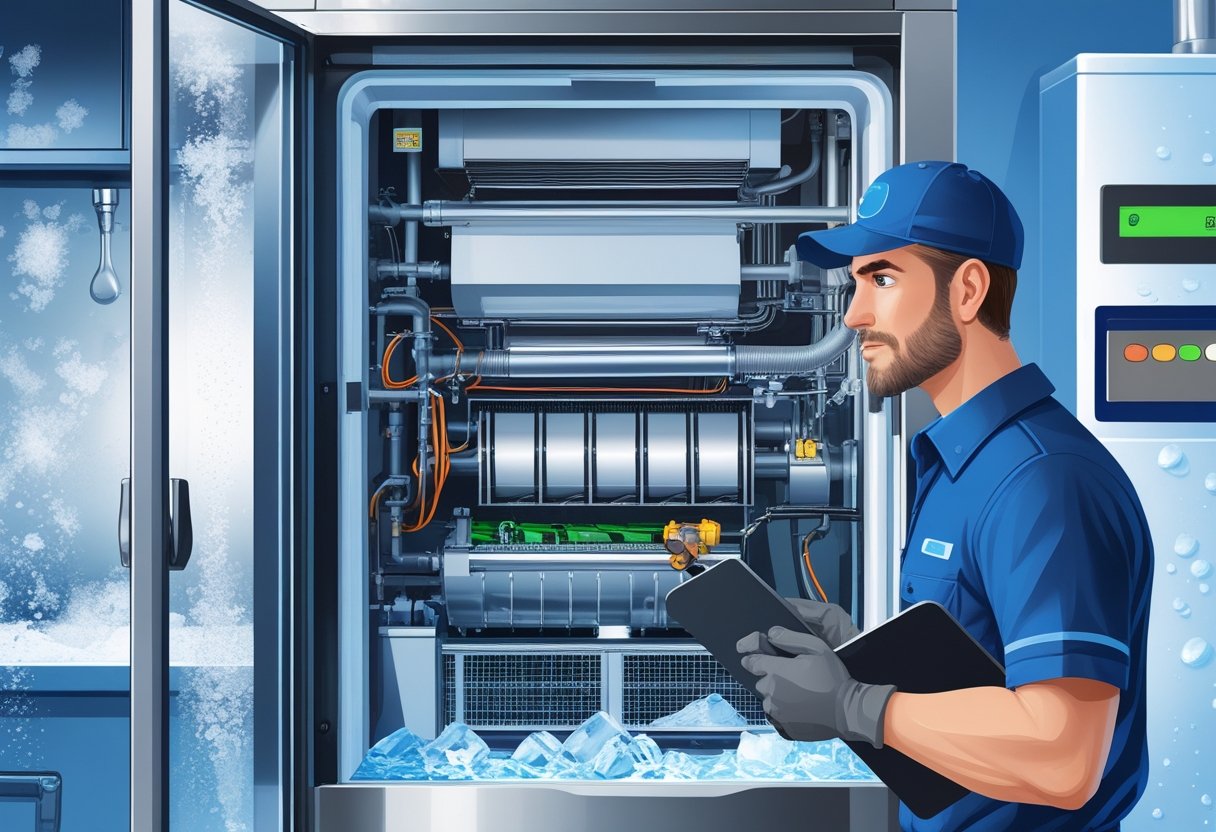
Why Is My Ice Machine Slow Causes and Quick Fixes to Improve Ice Production
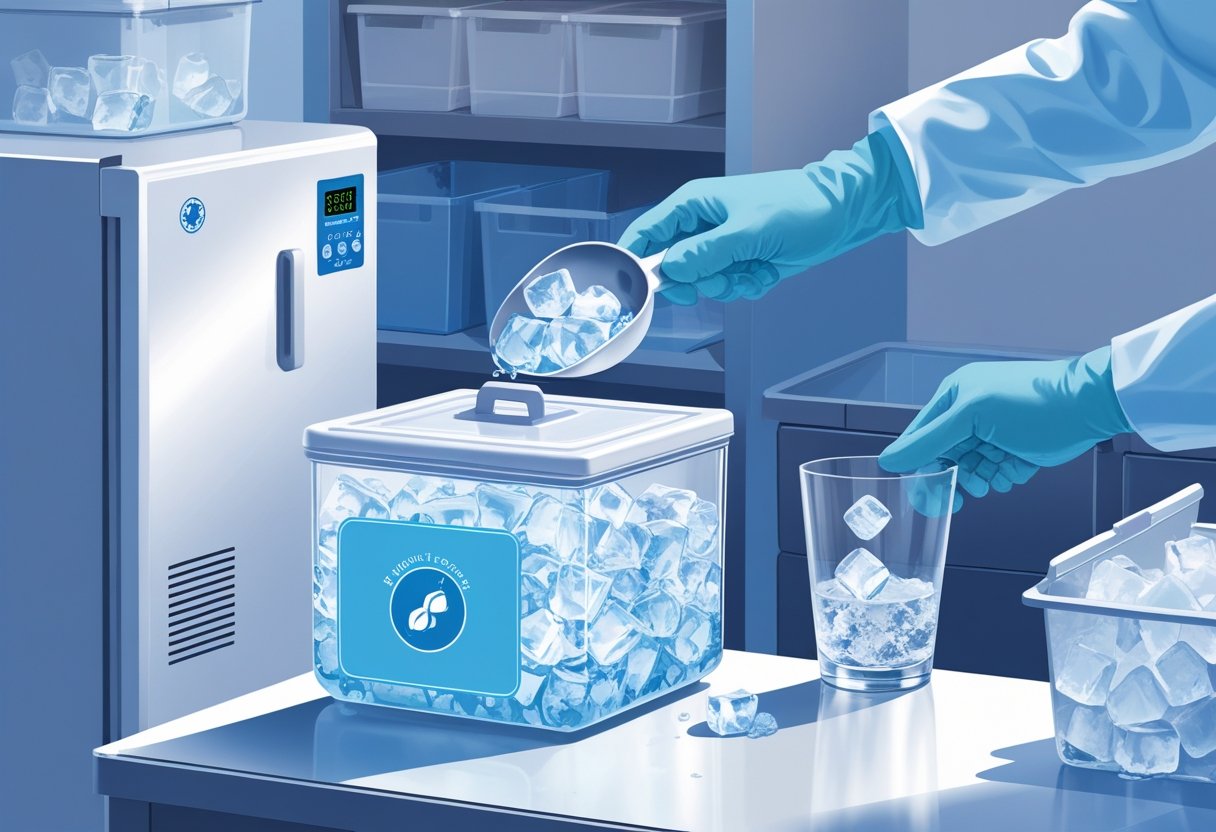
Best Practices for Storing Ice to Maintain Purity and Extend Shelf Life
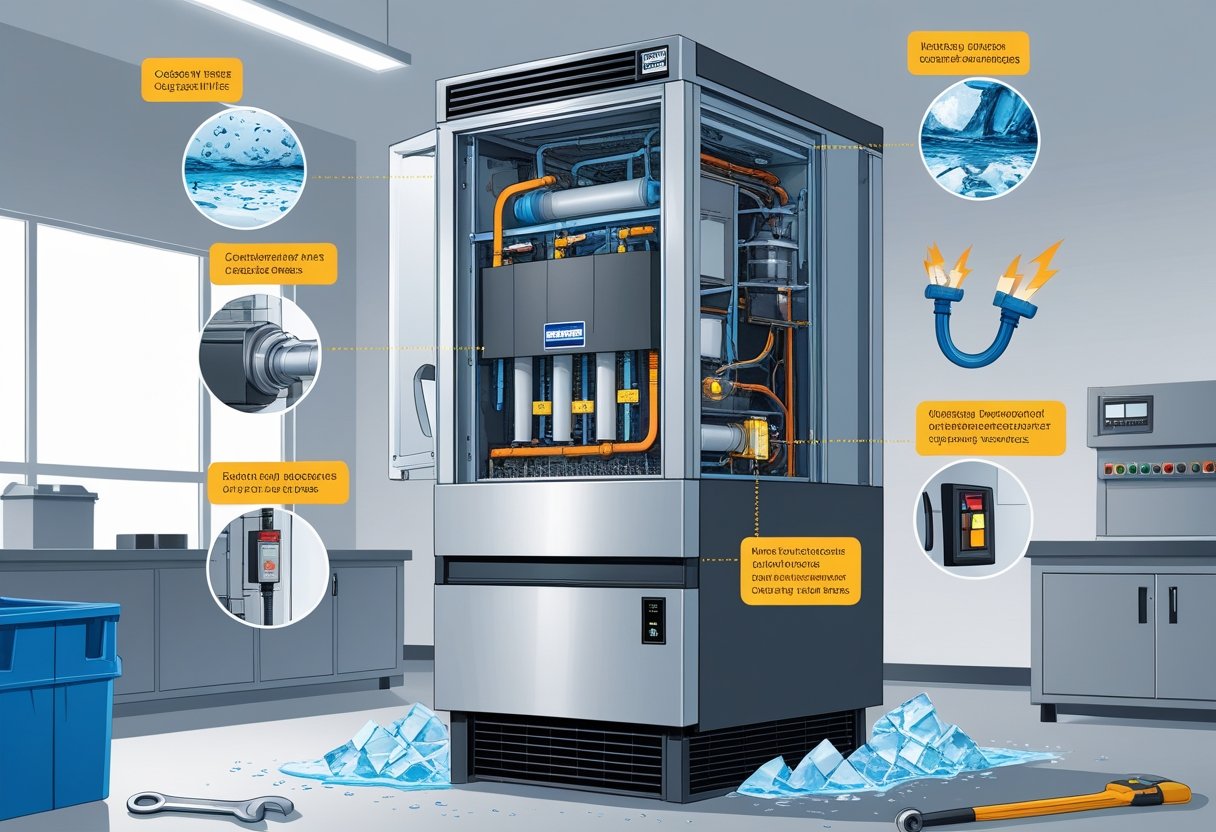
Top Reasons Ice Machines Fail and How to Prevent Costly Breakdowns
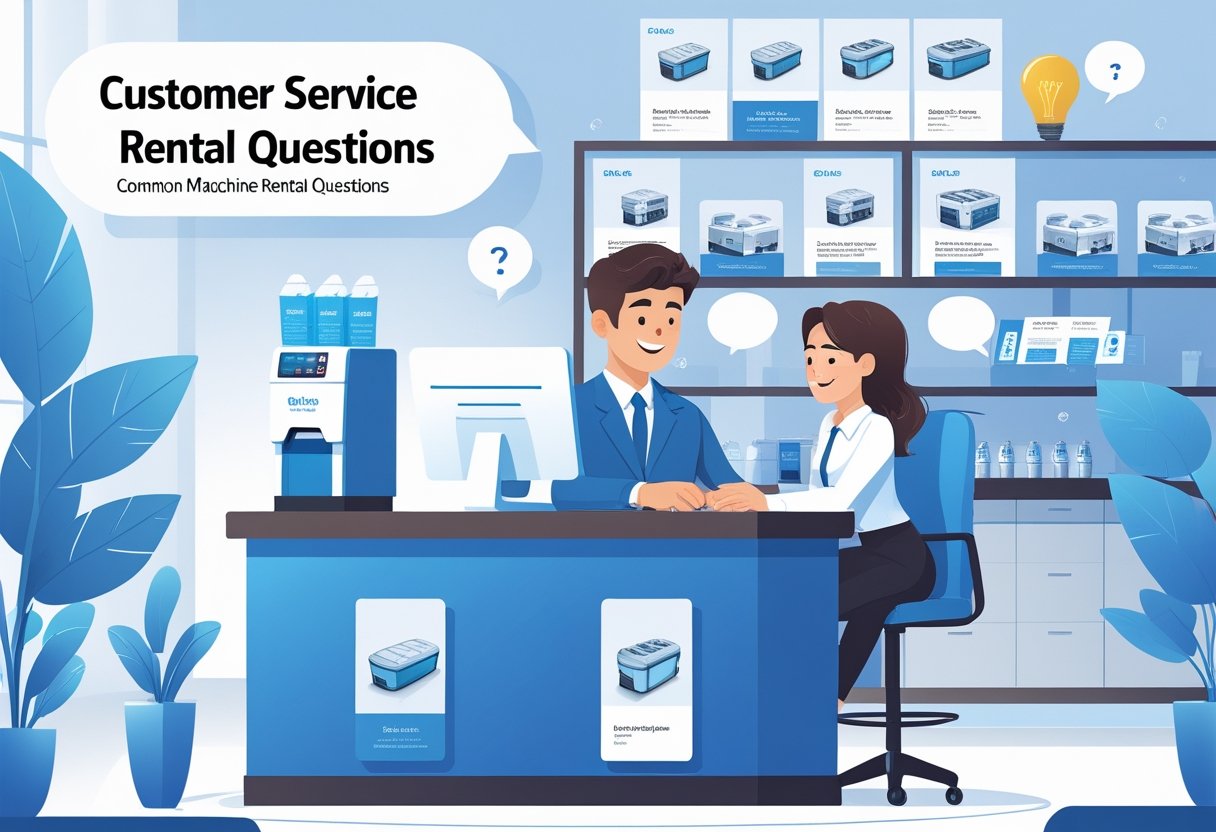
Common Ice Machine Rental Questions Answered for Event and Business Needs
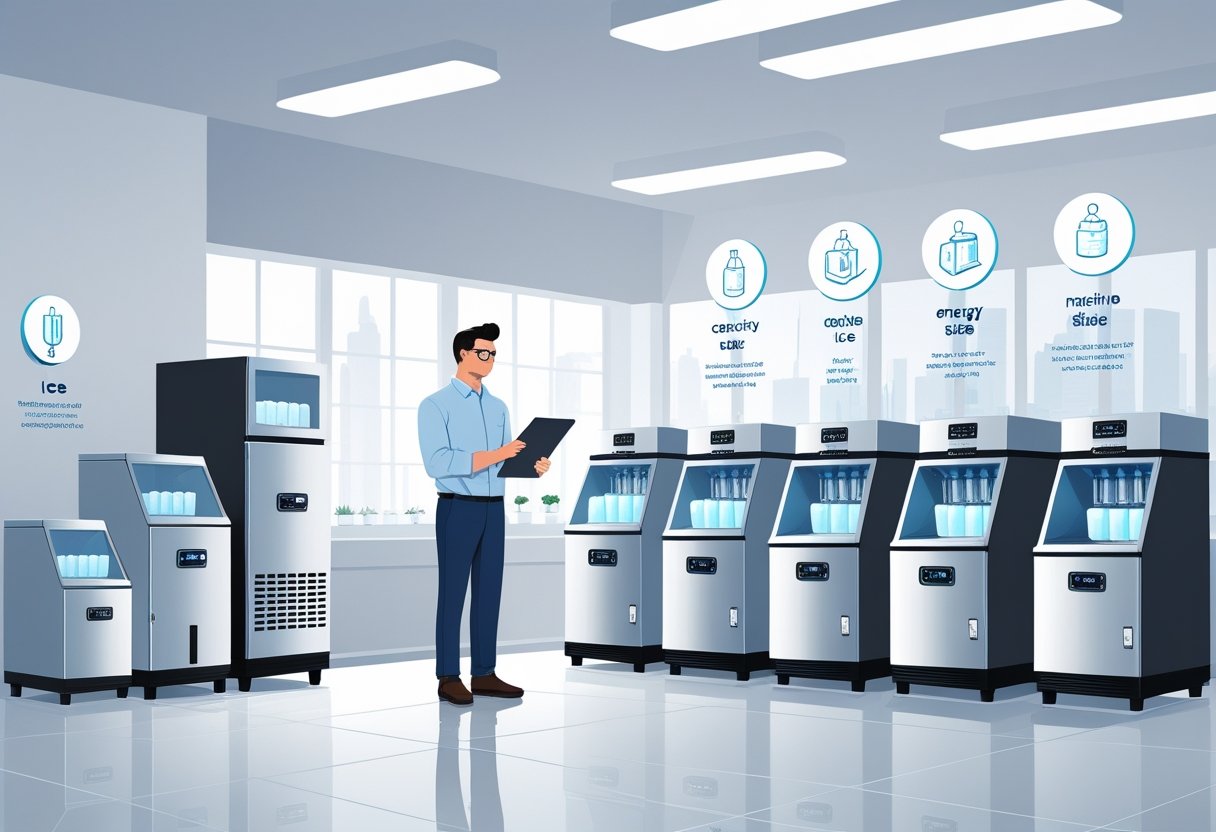
How to Choose a Commercial Ice Machine for Optimal Efficiency and Reliability
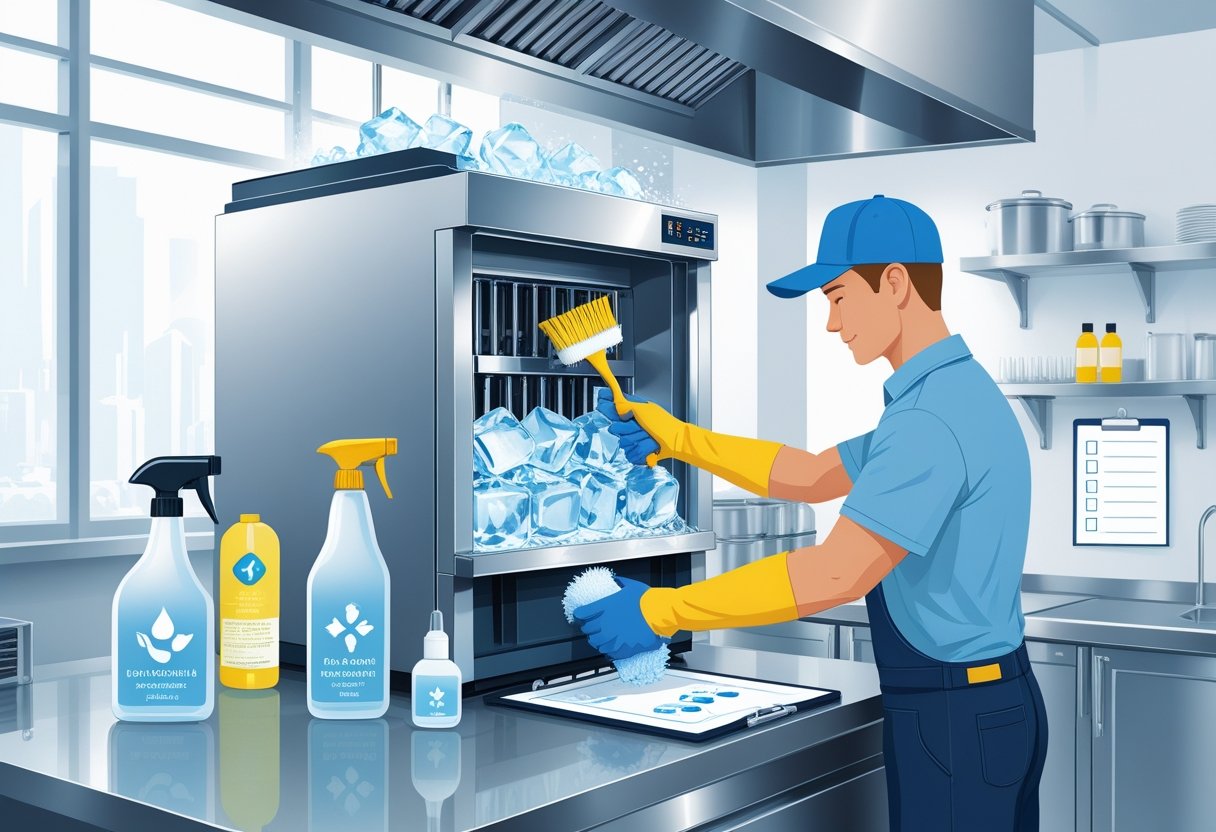
Importance of Routine Ice Machine Cleaning for Health and Efficiency Maintenance
